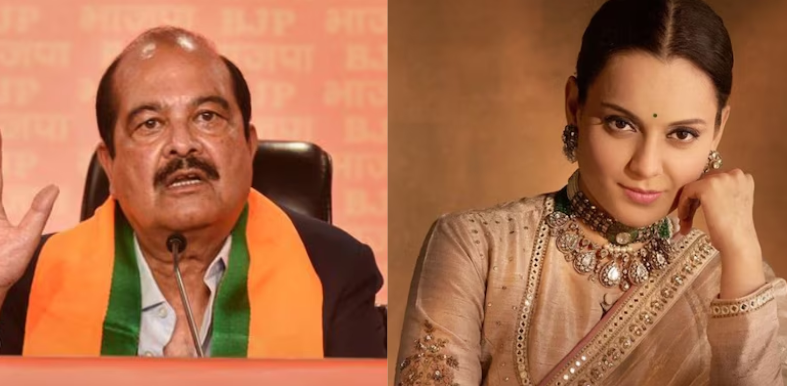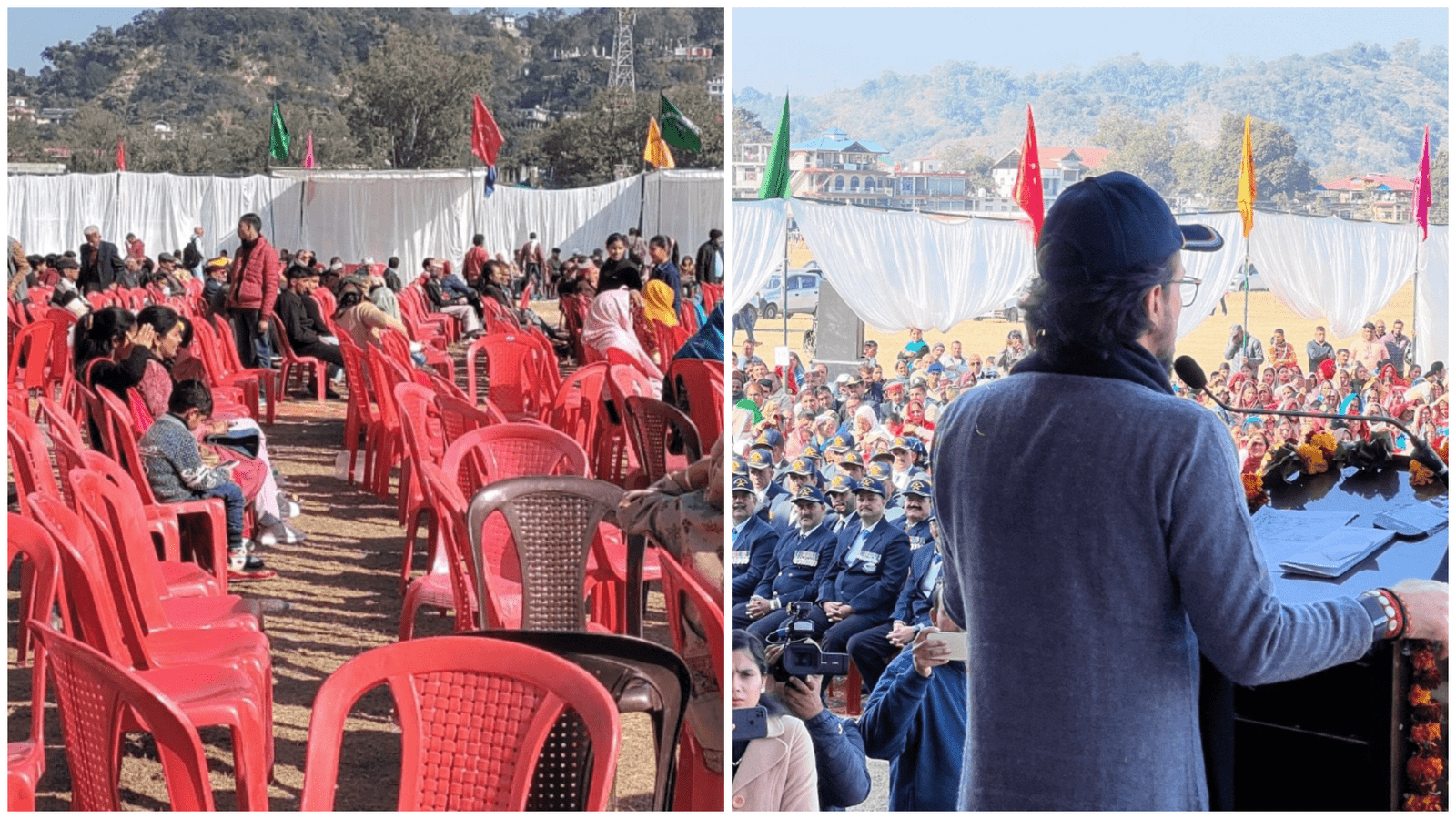Munish Sood
MANDI: The Himachal Pradesh BJP has unveiled its second list of office-bearers, reaffirming its strategy of rewarding loyalty and long-term association with the organisation.
While the party has given due weightage to cadres who have remained rooted in its ideology, the omission of several heavyweight leaders and entire districts has triggered fresh political debate within the state unit.
Two leaders make a return
The new list includes Rajinder Rana from Sujanpur and Ashish Sharma from Hamirpur, both of whom began their political journey with the BJP but later contested elections as Congress candidates or Independents. Their re-entry signals the party’s willingness to accommodate returnees who have organizational roots in the BJP.
28 appointments to strengthen election machinery
The BJP has appointed 28 senior spokespersons, spokespersons and co-conveners to spearhead communication ahead of the Assembly elections. Among them, Rajinder Rana, Trilok Kapoor and Trilok Jamwal have been named senior spokespersons, while a larger panel of leaders will serve as official spokespersons.
The focus, party insiders indicate, is to create a robust team that can aggressively counter the Congress in the run-up to the polls.
Congress-origin leaders left out
A notable aspect of both lists is the clear exclusion of leaders who directly switched from Congress. Figures such as Sudhir Sharma and Inder Dutt Lakhanpal, despite their influence, have not been included. This indicates a deliberate strategy to sideline defectors and prioritise those who have consistently worked within the BJP framework.
Kangra gets adjustments, but Kullu and Lahaul-Spiti ignored
Concerns that Kangra district had been underrepresented were partially addressed by including more leaders from the region in the spokespersons’ panel. However, Kullu and Lahaul-Spiti remain entirely excluded, sparking discontent among cadres from these regions.
This exclusion is especially striking given the stature of leaders like Govind Thakur, a close associate of former Chief Minister Jai Ram Thakur, and others such as Hans Raj, Virender Kanwar, Binder Thakur, Vishal Nehria, Ramesh Shaila, Ram Lal Markandey, Rajesh Sajal and Narinder Attri, who is considered close to former CM Prem Kumar Dhumal. None of them found a place even in the second list.
Lahaul-Spiti’s lingering rift
The absence of representation from Lahaul-Spiti is being linked to the unresolved rift within the district’s BJP unit. Former minister Dr Ram Lal Markandey, once a three-time MLA and a key tribal leader, had resigned after the party chose a Congress rebel over him for the Assembly bypoll. His expulsion and the subsequent mass resignations of the local BJP block unit left a vacuum that the state leadership appears unwilling to revisit at this stage.
Adding to the turmoil, Lahaul-Spiti has been grappling with allegations of neglect in development. A sharp cut in the region’s budget—from around ₹88 crore to nearly ₹24 crore—has triggered anger among local leaders and contractors, who claim that pending dues and halted projects are pushing the district into crisis.
Message of the list: Loyalty over legacy
By finalising two lists within 48 hours, the BJP leadership has delivered a clear signal: loyalty and grassroots commitment will be rewarded over political stature or defection-driven influence. While this has energised the party’s core base, the sidelining of influential names and sensitive regions like Kullu and Lahaul-Spiti risks internal unrest that could resurface ahead of the Assembly elections.
For now, the party appears confident that prioritising trusted organisational hands will strengthen its communication machinery and grassroots structure. But the coming months will reveal whether this strategy consolidates the BJP or fuels discontent among its overlooked heavyweights.





